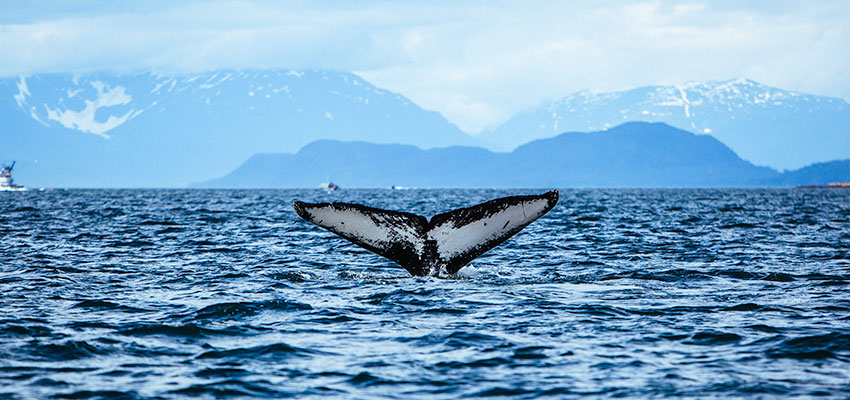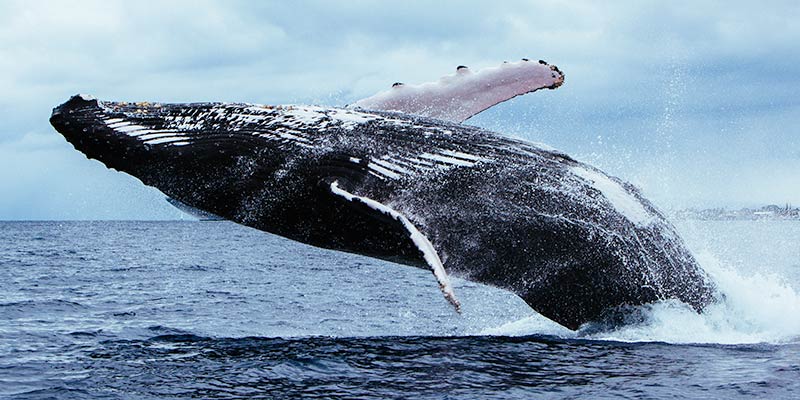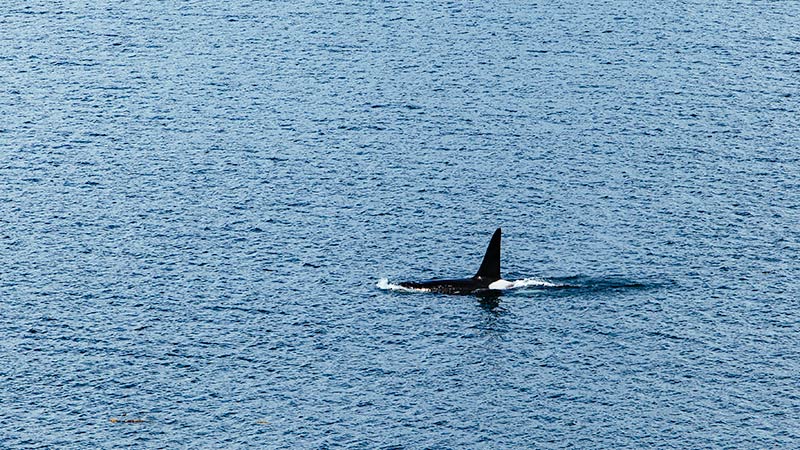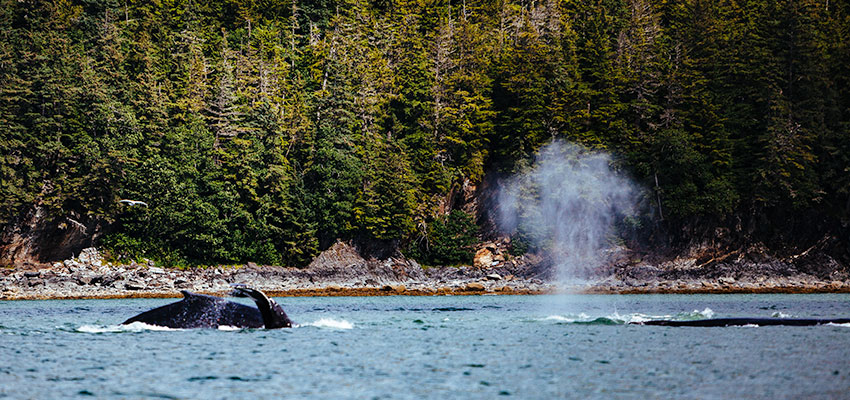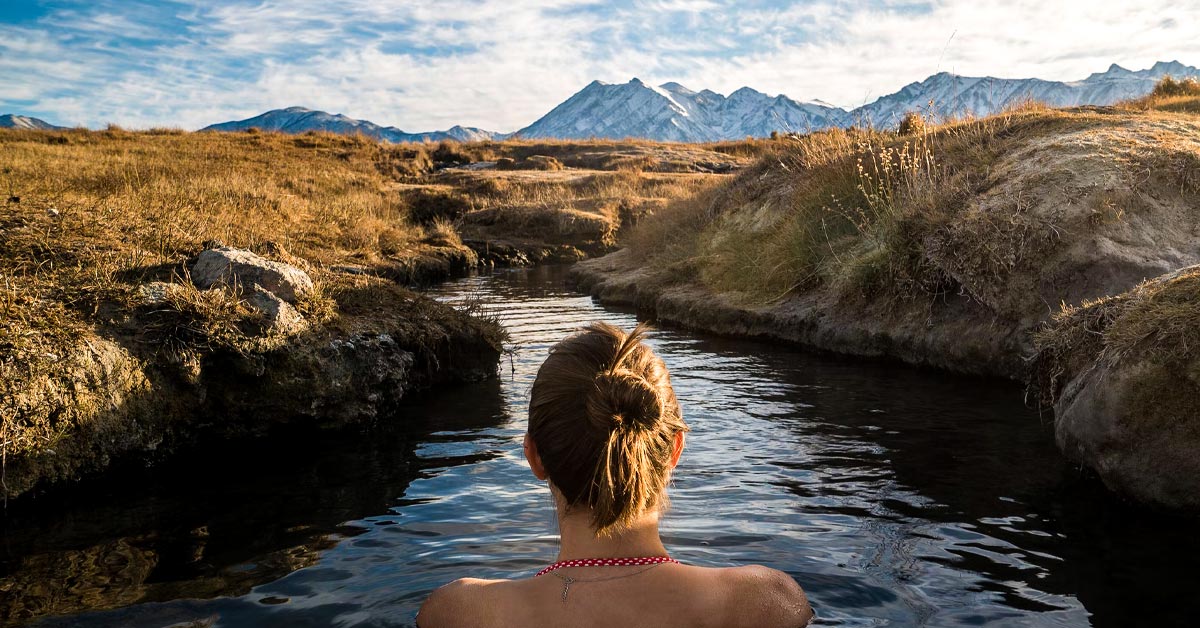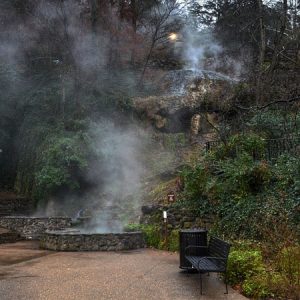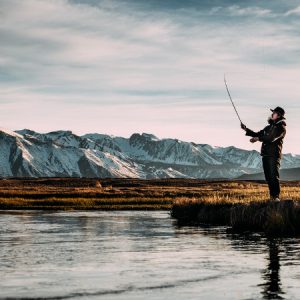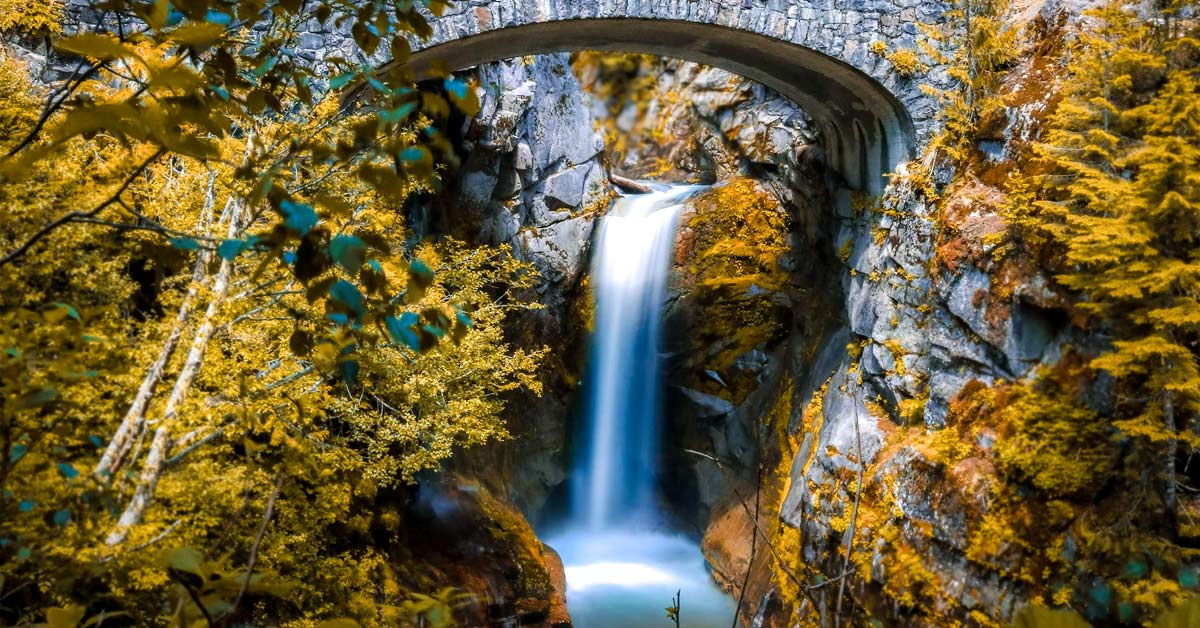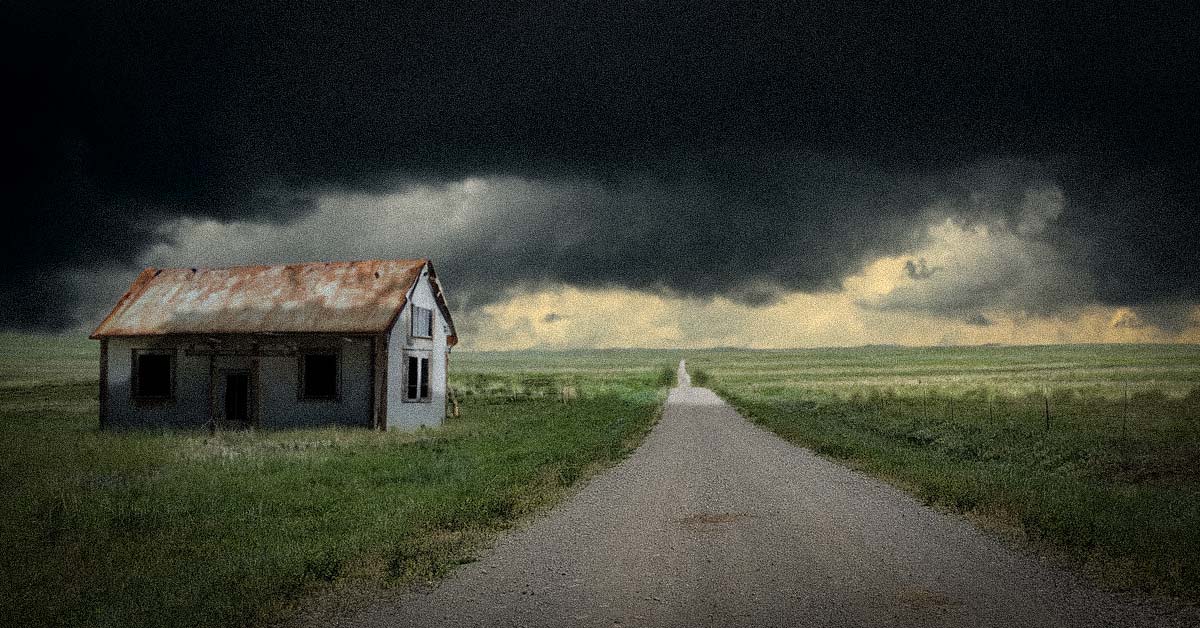You’re probably here because you’re looking for a trip that will break the clichéd cycle of city breaks – and what better way to do that than by whale watching in Alaska?
Ah, whales.
Ever since I was really young, I’ve always thought of whales as those ethereal creatures, with mind-boggling sizes and a sense of wonder surrounding them.
And you know what?
Nothing is truer. Nothing will actually prepare you for the first time you get to experience being in close proximity to a whale in Alaska in its natural habitat.
In this guide, I’m going to be discussing everything you need to know about whale watching in Alaska – from when to go to what to see.
What is the best month for whale watching in Alaska?
Let’s start with the trickiest part. Choosing the best time to cruise Alaska to see whales isn’t easy.
The thing is:
You can see several species of whales throughout different parts of the year. So you need to figure out each whales’ peak season (when they migrate).
Best time to cruise Alaska and see whales
Whales can be seen all summer from May until September. However, the absolute best time to see them is in the months of June and July, during peak whale season.
The water around Alaska is quite cold. I know you know that.
But so do the whales in Alaska!
It’s actually almost impossible to see whales during wintertime, so make sure that if you’re going whale watching in Alaska that you do it through the summer.
Whales you can see in Alaska
Let’s take a look at the types of whales you’ll get to see during peak season:
1. Humpback Whales
Humpback whales arrive in Alaska in April and May, and swim for 6-8 weeks non-stop. During the winter months, humpback whales spend time up in the waters by Mexico and Hawaii and return to Alaska in the Spring.
There’s a chance that you can see humpback whales year-round, but your best bet is to do it from May – September.
2. Gray Whales
Gray whales arrive during Spring and the best time to see them close to the shore is in April and May.
3. Orca Whales
Orca whales are actually dolphins, but we’re still going to include them in this list.
Orcas don’t migrate, so it’s hard to guess where they can be seen. Your best bet to see orca whales in Alaska is mid-May to mid-June when they’re hunting for salmon.
4. Beluga Whales
Beluga whales are now considered an endangered species and are usually the hardest of all whales to spot when in Alaska. Your best bet is between July and September.
Where is the best whale watching in Alaska?
Location is king. But that’s where things get a little bit more complicated.
In general:
The best location for whale watching in Alaska is around the Inside Passage in Southeast Alaska. This is where all the scenic lakes, mountains and surrounding glaciers are.
Also, if you’re booking a tour, this is most likely where it’s going to start from.
During the summer months, easily expect to see whales around fjords as this is where they reside. It’s pretty much-guaranteed whale watching in Alaska.
Now let’s take a look at some of the top locations for whale watching in Alaska.
1. Prince William Sound
If you’re planning on catching some humpback whales during the summer season, then Prince William Sound should be on top of your list of places to go.
Due to the large concentration of fish, the humpbacks can easily be found there.
You can also spot Orca Whales between May and early June, but as you know by now, that will depend on the amount of salmon there.
2. Resurrection Bay
This is another location near Prince William Sound and you’ll most definitely get to see:
- Humpback whales.
- Orcas.
If you’re traveling just a little bit earlier (April or May), you could also get to see gray whales.
3. Cook Inlet
If you’re interested in spotting beluga whales (considered an endangered species now), then Cook Inlet between July and September is where you should go.
Pro-tip: Make sure you go either right before or right after high tide, as beluga whales also go right after the salmon schools.
4. Juneau
Juneau is pretty much the place to go for whale watching in Alaska. It’s an unparalleled destination with world-class adventures you can have, proximity to plenty of prime spots, and has plenty of waterways where whales spend the most time.
Not convinced yet?
Well, not only do you get to see the whales, but you also get to see different wildlife sightings like bears and eagles.
Worried about being seasick?
Juneau has the calmest water in Alaska, so you won’t really have quite the rough whale watching cruise.
Can you see whales from a cruise ship in Alaska?
Yes, absolutely! If you go to any of the locations above during peak travel season (May – September) you’re pretty much guaranteed at least one whale sighting during your cruise. I was able to spot both humpbacks and orcas from the cruise ship balcony.
Here’s a picture of a solo orca I was able to take right from my stateroom.
Do you have to get on a boat (cruise or smaller tour boat) to see the whales?
Yes and no. You technically can spot whales from different shorelines and cruise points, but the only way you can guarantee that you actually get to spot whales in Alaska is to go on a whale watching boat tour.
Is morning or afternoon better for whale watching?
Whales are available all day long, there’s no exact science to when you can spot the whales. They don’t exactly share their schedules with us. The only reason this would matter to you is if you’re planning on bringing your camera.
If you want to take the best shots, then I recommend whale watching in Alaska by either sunrise or sunset (where waters are also the calmest).
For the best overhead light, 11 am – 3 pm is your best bet.
What should you pack for whale watching in Alaska?
- Having high-quality binoculars guarantees that you’re going to spot whales regardless of where you are.
- Bring a camera with you.
- Your prescribed medication.
- Snacks.
- Moisture-wicking layer garment.
- Motion sickness medications.
It rains a lot in Alaska. So make sure you’re equipped with:
- A rain jacket that’s easy to fold/pack.
- Gloves for your hands.
- A warm hat.
- Waterproof backpack.
- Waterproof pouch for your camera or phone.
Tips to Keep in Mind For Whale Watching in Alaska
1. Talk to the crew
The crew will always have interesting stories to tell and savvy tips and tricks. Talk to them!
Every tour will teach you how to spot whales, basic whale facts, and the correct way to point out any whales you see.
2. Look for the spout from when they take a breath
The best way to find whales is to look for the spout from when they take a breath. Basically, when they dive down they first hump their back out of the water then pull their tail up. If you see their back start to go from flat to rounded then get your camera ready, the tail will probably be about to come up out of the water.
3. Have your camera ready at all times
It takes a second to miss a whale shot, so have your camera settings ready at all times.
- Clean your lens before you get on the boat.
- Scan the water using your eyes, not through the lens.
- Stay steady.
- Have fast shutter speed.
4. Be patient
Whales are quite unpredictable, so remember to stay patient while whale watching in Alaska.
How many whales have you seen?
While there is some good whale watching in New England and Hawaii, no other state matches the awe-inspiring beauty of Alaska. Nothing really compares to watching whales breach close to your boat while being surrounded by gorgeous mountain landscapes.
Whale watching in Alaska is definitely one of the things you need to do at least once in your lifetime. You’ll get to experience the grandeur of whales first-hand and you’ll have a trip that’s hard to recreate anywhere else in the world.
Have you been to Alaska to see the whales?
Please share your stories in the comments below!

